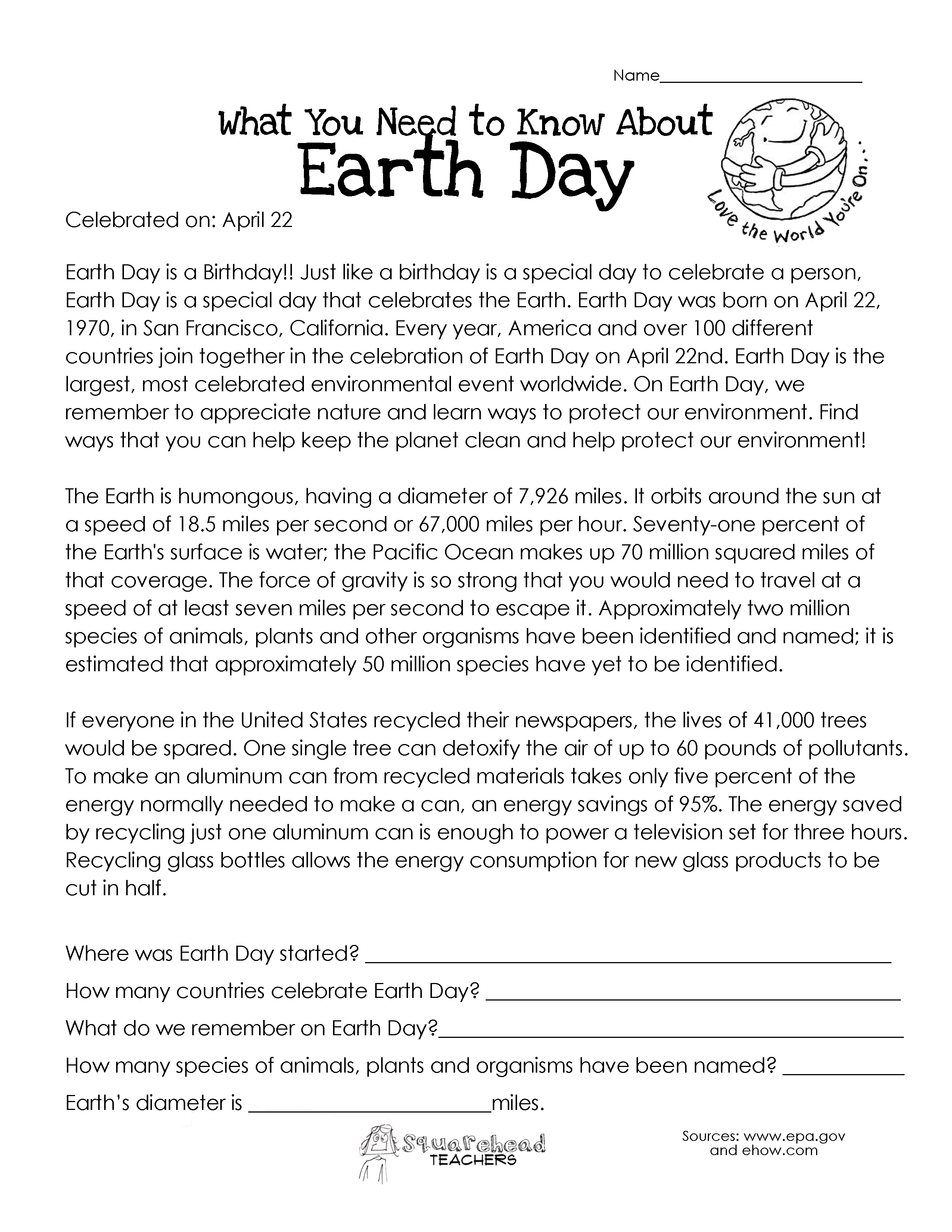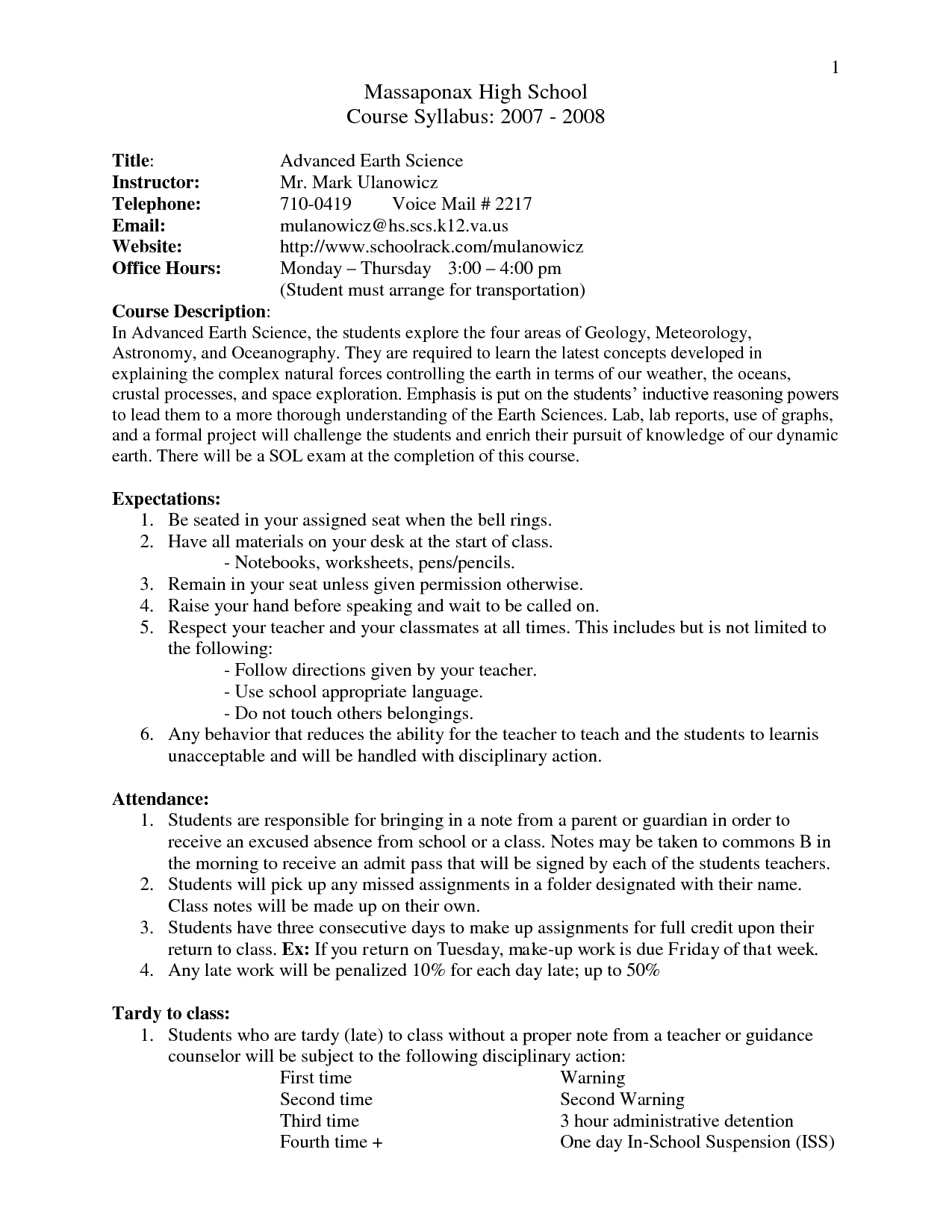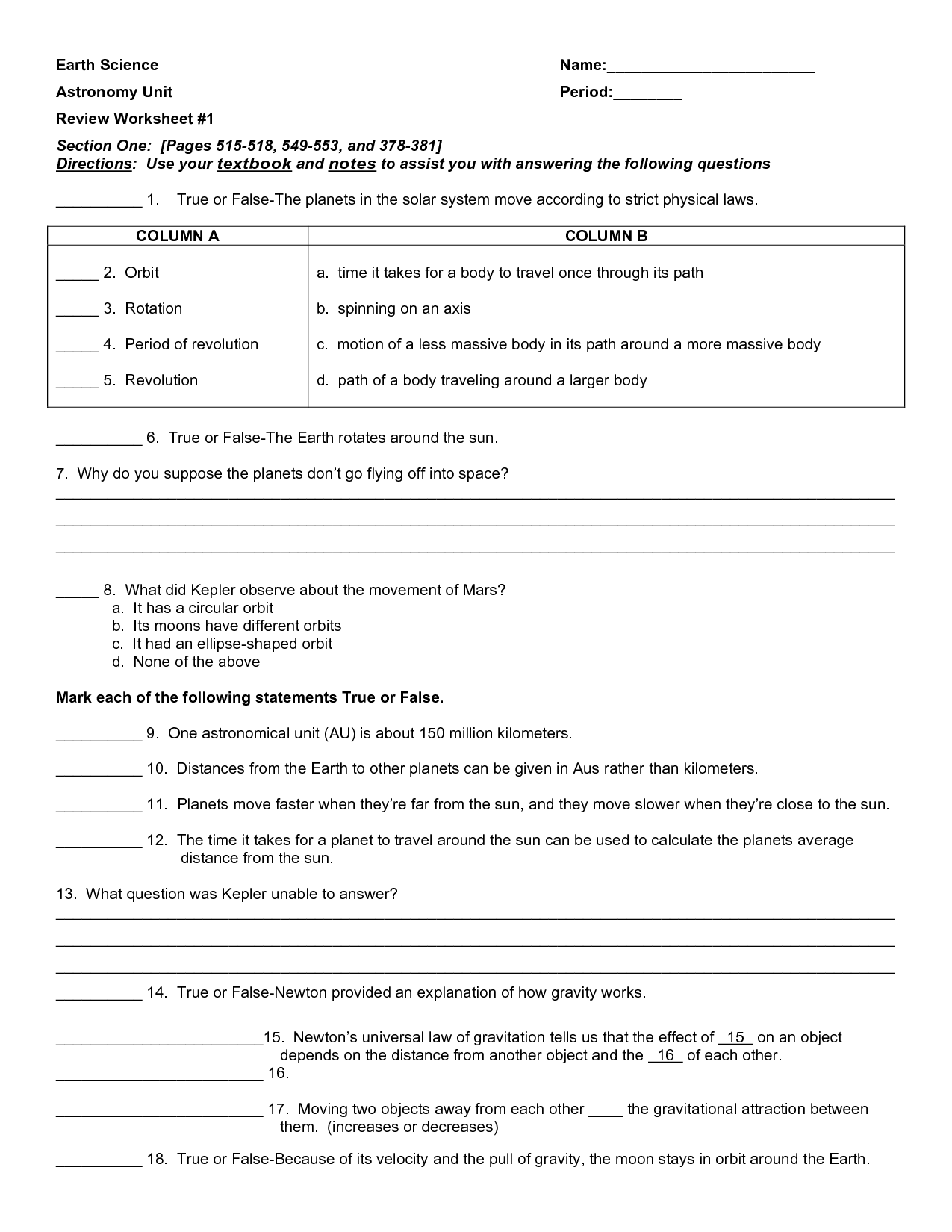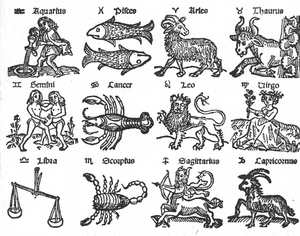Earth History Worksheets
Finding worksheets to help teach about Earth history and engage students can often be a daunting task. If you are an educator or parent searching for well-crafted and educational resources on this subject, you may be wondering where to start. Look no further, as we have gathered a collection of Earth history worksheets that will captivate young minds and foster a deeper understanding of the incredible story of our planet.
Table of Images 👆
More History Worksheets
Reading Worksheets High School HistoryFree Printable History Worksheets
U.S. History Worksheets
Black History Worksheets for Kindergarten
Black History Month Reading Comprehension Worksheets
When did the Precambrian era occur?
The Precambrian era occurred from about 4.6 billion years ago to around 541 million years ago, making it the longest geological time period in Earth's history.
What is the significance of the Cambrian explosion?
The Cambrian explosion, which occurred around 541 million years ago, marked a period of rapid diversification of complex multicellular organisms in the fossil record. It is considered significant because it led to the emergence of most major animal phyla that still exist today, laying the foundation for the biodiversity and complexity of life on Earth. The event offers valuable insights into the evolution of life and the development of biological diversity on our planet.
How did the formation of the supercontinent Pangaea impact Earth's history?
The formation of the supercontinent Pangaea, approximately 335 million years ago, had significant impacts on Earth's history. It brought diverse landmasses together into a single landmass, leading to changes in climate, ocean currents, and biodiversity. This event influenced the evolution of life on Earth, providing opportunities for species to migrate and adapt to new environments. The eventual breakup of Pangaea millions of years later contributed to the formation of separate continents and oceans, shaping the geology and ecosystems we see today.
What major event occurred during the Permian period?
The major event that occurred during the Permian period was the Permian-Triassic extinction event, which is the largest mass extinction in Earth's history. It resulted in the eradication of over 95% of marine species and 70% of terrestrial species, paving the way for the rise of dinosaurs in the Triassic period.
How did the extinction of the dinosaurs impact the Earth's ecosystems?
The extinction of the dinosaurs had a profound impact on Earth's ecosystems as it allowed for the rapid diversification and evolution of other species to fill the ecological niches left vacant by the dinosaurs. This event ultimately paved the way for the rise of mammals as dominant terrestrial animals, leading to a shift in the composition and dynamics of ecosystems worldwide.
What is the Holocene epoch known for?
The Holocene epoch, which began approximately 11,700 years ago, is known for being the current geological epoch characterized by relatively stable climate conditions compared to previous epochs. It encompasses a period of time in which human civilization has flourished, including the development of agriculture, settlements, and complex societies. The Holocene is also recognized for its impact on the environment, with humans becoming a dominant force in shaping Earth's ecosystems through activities such as deforestation, urbanization, and industrialization.
How have human activities influenced Earth's climate in recent centuries?
Human activities have significantly influenced Earth's climate in recent centuries through the release of greenhouse gases such as carbon dioxide and methane, primarily from burning fossil fuels, deforestation, and industrial processes. These emissions have led to the trapping of heat in the atmosphere, resulting in global warming, changes in precipitation patterns, more frequent extreme weather events, and rising sea levels. Additionally, activities like agriculture, urbanization, and transportation have impacted natural ecosystems, further contributing to climate change.
What is the significance of the Pleistocene epoch?
The Pleistocene epoch, which lasted from about 2.6 million to 11,700 years ago, is significant for several reasons. It was a time of multiple ice ages, leading to the expansion of glaciers and the shaping of the Earth's landscape. The changing climate and geological events during this period influenced the evolution of many species, including early humans, and shaped biodiversity as we know it today. The Pleistocene also witnessed the extinction of many megafauna species, such as mammoths and saber-toothed cats, possibly due to a combination of climate change and human hunting. Additionally, the low sea levels during this epoch exposed land bridges that facilitated the migration of animals and early humans to different continents, impacting the global distribution of species.
How did the formation of the Himalayas shape Earth's history?
The formation of the Himalayas played a significant role in shaping Earth's history by impacting climate, geology, and biodiversity. The uplift of the Himalayan mountain range resulted in changes to global wind patterns, leading to the development of monsoons that have influenced weather patterns in Asia for millions of years. Additionally, the collision of the Indian Plate with the Eurasian Plate created powerful tectonic forces that continue to shape the Earth's crust. The Himalayas also serve as a barrier that has led to the isolation and diversification of species, contributing to the rich biodiversity found in the region.
What were the main geological processes that contributed to the formation of the Grand Canyon?
The main geological processes that contributed to the formation of the Grand Canyon include erosion by the Colorado River over millions of years, uplift of the Colorado Plateau, and regional tectonic activity that resulted in the earth's crust being pushed and shifted. These processes, combined with the effects of weathering and the gradual carving of the rock layers by the flowing water, eventually led to the formation of the vast and intricate canyon we see today.
Have something to share?
Who is Worksheeto?
At Worksheeto, we are committed to delivering an extensive and varied portfolio of superior quality worksheets, designed to address the educational demands of students, educators, and parents.

























Comments